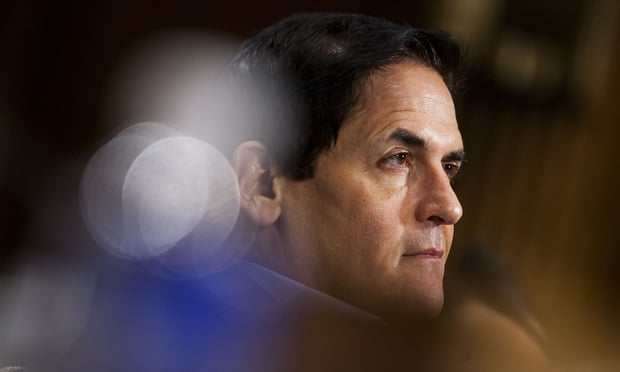Just over a third of emergency department staff on average can accurately estimate the costs of routine care they commonly treat — something that must be rectified to curb skyrocketing costs, according to a study published in the Journal of the American Osteopathic Association.
Researchers at Lakeland Health in Saint Joseph, Mich. surveyed 441 emergency medicine health care professionals across the country, including physicians, physician assistants, and nurse practitioners, asking them to estimate the costs for three common conditions seen in emergency departments.
Recommended For You
For each vignette, the respondents were given a description of the patient's medical history, physical examination, diagnostic tests and intervention, and then were asked to choose between four ranges of total cost of emergency care, from under $2,000 to $8,000.
The correct range had been predetermined by the billing department at Lakeland Health, which coded the vignette encounters and produced billing charges for the different levels of care as well as for the interventions provided to the patients in the vignettes.
The first vignette was about a 35-year-old obese woman with abdominal pain. She was given a complete metabolic panel, a complete blood cell count test, urinalysis, urine pregnancy test, abdominal ultrasonography, and a computed tomography of the abdomen. No significant pathologic cause was identified and the patient was given morphine and ondansetron. Her symptoms resolved and she was discharged.
The total cost of emergency department care was $4,713, and 43 percent of the respondents chose the correct range.
The second vignette was about a 57-year-old man with dyspnea. He was given an electrocardiography, a complete blood cell count test, a complete metabolic panel, a brain-type natriuretic peptide, chest radiography, troponin and D-dimer. The EKG showed ventricular hypertrophy without signs of ischemia or infarction; the radiograph showed bilateral pleural effusions and moderate diffuse pulmonary edema; and the BNP was elevated. The patient was given furosemide and was admitted to the hospital for stabilization.
The total cost of emergency department care was $2,423, and 32 percent of the respondents chose the correct range.
The third vignette was about a 7-year-old boy with a sore throat for 24hours. He was reported to have had a fever of 102.4°F without a cough, but was eating and drinking normally. A strep test showed up positive and the patient was discharged with a prescription for amoxicillin liquid and was ordered to follow up with his personal physician within 24 to 48hours.
The total cost of emergency department care was $596, and 40.1 percent of the respondents chose the correct range.
Some statistically significant relationships were found between the demographic data and the responses to the vignettes: participants from tertiary hospitals chose a higher cost assessment compared with those from community or rural hospitals for the three cases; and higher level of training was strongly correlated with increased perceived understanding of cost of care.
"We found that emergency department health care professionals continue to have an inadequate overall understanding of the cost of care in the ED," the authors write. "Displaying the costs of diagnostic tests in the electronic health record and computerized physician order entry could be a useful way to educate health care professionals."
The authors cite a 1996 study which showed making patient charges available to emergency staff reduced the tests and medications ordered and, in turn, patient costs while maintaining effective and safe care.
Considering costs is becoming increasingly important, the authors write, as the most recent projection by the Centers for Medicare and Medicaid Services shows that national health expenditures will nearly double, from $2.9 trillion in 2013 to $5.5 trillion in 2025, a rate that will outpace national gross domestic product by 1.2 percent per year during this period.
Kevin Hoffman, a Lakeland emergency medicine resident who led the research study, puts the issue in much more personal terms in a press release.
"Early in my residency, I realized I had no idea how much money I was spending with all the tests and medications I ordered — mostly because it's just not discussed," Dr. Hoffman says. "Osteopathic physicians take a whole-person approach to care. We believe it's important to account for the emotional, mental and physical effects of care — which increasingly means understanding the financial burden."
© 2025 ALM Global, LLC, All Rights Reserved. Request academic re-use from www.copyright.com. All other uses, submit a request to [email protected]. For more information visit Asset & Logo Licensing.








